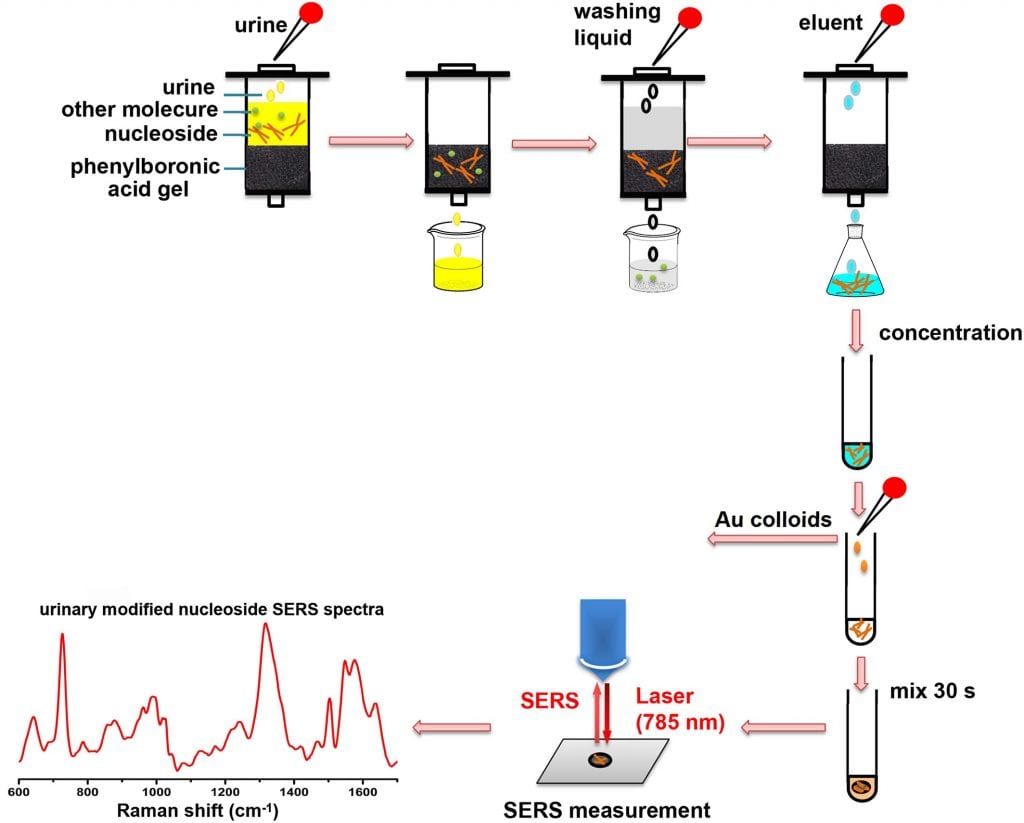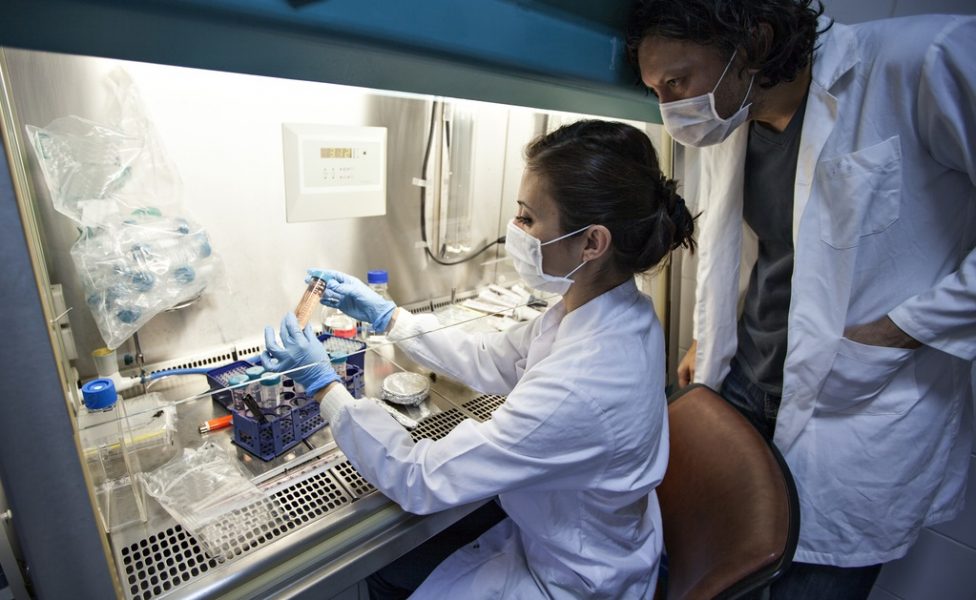Cancer is one of the major causes of death and severely affects human health. According to Cancer Statistics in China, more than 4.2 million people were diagnosed with cancer, and 2.8 million people died of cancer in China in 2015.
Early screening and effective treatment of cancer can greatly improve patients’ 5‐year survival rate. Currently, cancer diagnosis technology mainly includes image technology (CT, PET‐MRI, X‐ray and nuclear magnetic resonance), cytology and histological diagnosis of endoscopy and pathological biopsy. Unfortunately, these methods are not only costly, complicated, and may cause discomfort to the patient, but it is also difficult to achieve accurate cancer diagnosis at the molecular level.
Therefore, there is an urgency for researchers to develop an alternative method for non‐destructive and accuracy diagnosis of cancer.
In recent years, the study on tumor biomarkers has become a hot topic for cancer diagnosis in clinical oncology. Some tumor‐associated endogenous small molecules were constantly discovered to improve cancer diagnosis, such as polyamine, sialic acid, pteridine and RNA metabolite.
Modified nucleosides, as one of the very stable tumor biomarkers, are widely used in clinical diagnosis for various cancers. When cancer occurs in a part of the human body, RNA turnover is accelerated, and the concentration of modified nucleosides increases dramatically in urine and blood. Compared to blood, urine is considered a more ideal medium for cancer diagnostics due to its non‐invasive and convenient collection procedure for the patient.
The most common detection methods for urinary modified nucleoside are capillary electrophoresis, mass spectrometry, and high‐performance liquid chromatography (HPLC). However, these three methods have some drawbacks, such as being time consuming and having poor reproducibility, thus making them unsuitable for clinical diagnosis. Furthermore, detecting low concentrations of urinary modified nucleosides is still a great challenge.

The schematic diagram of urinary modified nucleosides purification and surface‐enhanced Raman spectroscopy (SERS) detection
A team of Chinese scientists might have found a solution.
They developed a urinary modified nucleoside detection method based on surface‐enhanced Raman spectroscopy (SERS), which is used for nasopharyngeal cancer and oesophageal cancer detection.
SERS is an ultra‐sensitive, rapid and non‐invasive analytical tool that can provide characteristic biochemical information of biosamples such as tissue, cells, blood, and urine.
The team conducted an assay using affinity chromatography (AC) combined with SERS for urinary modified nucleoside analysis with the aim of detecting gastric and breast cancer. Using the AC based on phenylboronic acid gel, they eliminated the interferences from other exogenous substances in the urine sample, thus obtaining reproducibility and high‐quality SERS spectra of urinary modified nucleosides.
“Furthermore, high diagnostic accuracy could be achieved not only for cancer and normal groups but also for different cancer groups, demonstrating great potential of this SERS analysis method for urinary modified nucleosides to be a non‐invasive tumour biomarkers test in body fluid for cancer screening” according to team member Duo Lin.

















